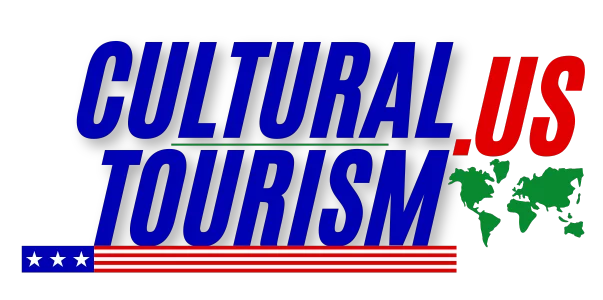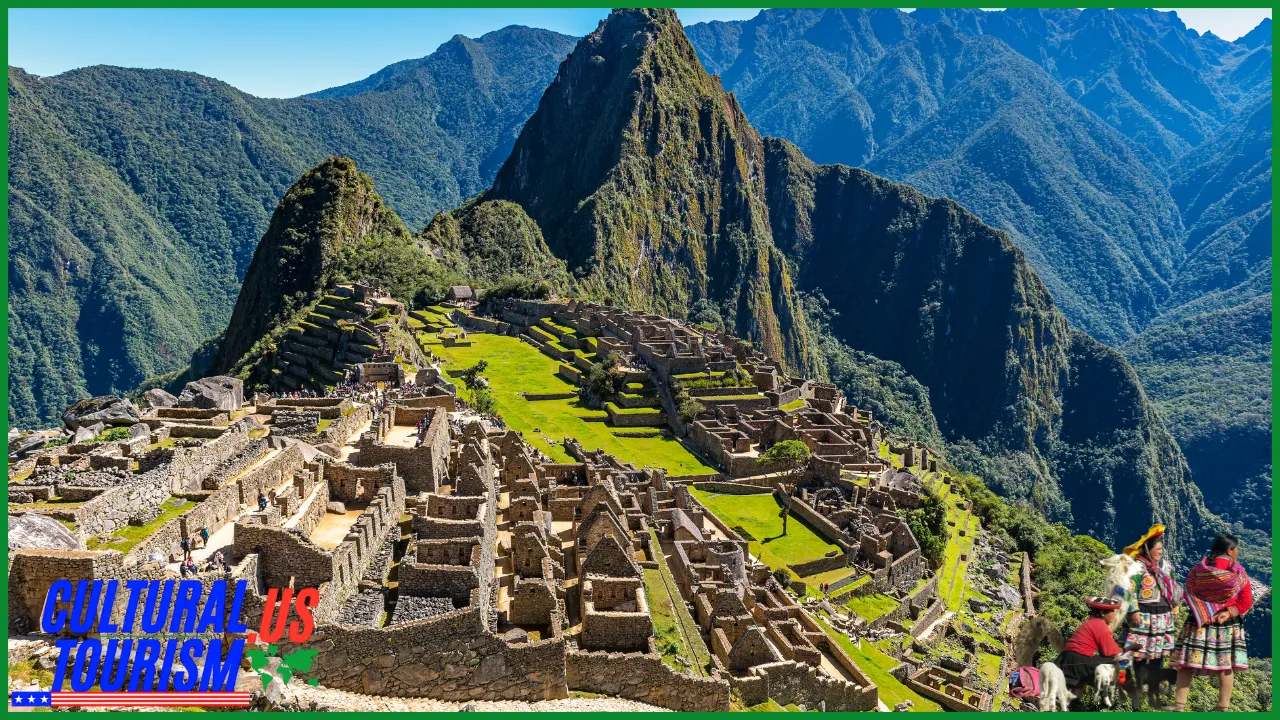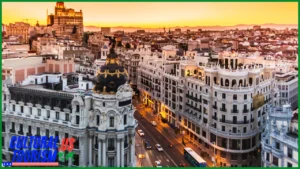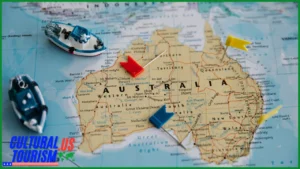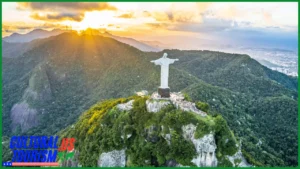Unraveling the Secrets of Easter Island’s Moai Statues
So, you’re curious about the Moai statues of Easter Island, huh? Well, if you’re reading this, it’s probably because you know there’s some serious mystery wrapped up in those giant stone heads. I mean, who wouldn’t be intrigued by a bunch of ancient statues standing around like they’re waiting for the bus? Let’s dive into this fascinating world where culture, history, and a pinch of mystery collide!
What Are the Moai Statues?
The Moai, those iconic statues you see in photos all over the internet, are more than just oversized paperweights. These fascinating figures were created by the Rapa Nui people between 1400 and 1650 AD. Each one represents an ancestor and was built to honor them—kinda like a stone memorial, if you will. So, it’s a bit more serious than just being decorative lawn art!
Key Features of the Moai Statues
- Material: Mostly made from volcanic tuff—a type of compressed volcanic ash—found in the Rano Raraku quarry.
- Size: They can range from about 6 to 33 feet tall (that’s a tall order!), and weigh anywhere from 1 to 74 tons. I don’t know about you, but I can’t even lift my groceries half that weight!
- Eyes: Originally, they had coral eyes that gave them a lifelike appearance. Picture this: giant stone heads staring at you with real eyes! Eerie, right?
The Mystery Behind Their Creation
Now, let’s get into the juicy part—how did they get there? Spoiler alert: no alien intervention! The Rapa Nui people were the masterminds behind this monumental task. It’s believed they used a complex system of ropes and teamwork (you know, the kind of teamwork that could make or break your family BBQ) to transport these heavy statues across the island.
How They Moved the Moai
- Carving: The statues were carved out of stone at the quarry.
- Transportation: They would use teams to rock them back and forth. Yes, you read that right! The technique is called «walking» the Moai.
- Placement: Once they arrived at their location, they were set upright and a ceremonial platform (Ahu) was built around them.
Fun fact: According to a traveler who visited Easter Island, witnessing the team effort involved in moving these statues is like a cross between a Cirque du Soleil show and an engineering marvel!
Common Misconceptions and Tips
Alright, let’s clear the air about a few myths and give you some practical tips:
- Myth: The Moai were made to represent gods.
Fact: They actually represent deceased ancestors! - Tip: If you want to take the perfect Instagram shot, go to Ahu Tongariki during sunrise. Just don’t forget your coffee—trust me, you’ll need it!
- Myth: All Moai were toppled by colonizers.
Fact: Many were knocked over by earthquakes and inter-tribal conflict!
Final Thoughts: Embrace the Mystery
The Moai statues of Easter Island are a stunning reminder of human ingenuity and cultural identity. These colossal figures have stood for centuries, overseeing the island as silent witnesses to its history. So, if you ever get the chance to visit, not only will you be in awe of their grandeur, but you’ll also walk away with stories that’ll make your friends jealous!
And, don’t forget to share this article with your fellow travel buffs. After all, every traveler deserves to know about these mysterious giants!
Before You Visit Easter Island: Essential Tips and Tricks
| Tip | Description |
|---|---|
| Currency | The local currency is the Chilean Peso (CLP). Don’t exchange all your cash at the airport because, spoiler alert, it’s more expensive than a fancy dinner at a beachfront restaurant! |
| ⏰ Time Zone | Easter Island operates on Easter Island Standard Time (EAST), which is UTC-6. This means you’re either going to be out of sync with your friends back home or mistakenly show up for a video call in your pajamas! Trust me, the struggle is real. |
| ️ Climate | The island has a subtropical climate. Bring layers—it’s not quite the tropics, but that sun can be sneaky! You’ll alternate between looking like a beach bum and an extra from a documentary about Antarctic explorers. |
| Getting Around | There are a few options: you can rent a car, cruise around on a scooter, or even hitch a ride with the locals. Just be prepared for some interesting “directions” involving landmarks that only the locals would recognize! |
| Best Time to Visit | The best months to visit are from October to March when the weather is drier and the island is livelier. Avoid June to September unless you’re into strong winds and lots of rain—think of it as a beach day gone wrong! |
| ️ Language | The official language is Spanish, but don’t be surprised if you hear some Rapa Nui as well. Brush up on a couple of phrases, particularly «Te matau» (thank you), to win hearts and maybe even a free round of Pisco sours! |
| Packing Tips | Make sure to pack sunscreen, a hat, and good walking shoes. You’re going to want to explore those beautiful landscapes without resembling a lobster or needing a foot massage every five minutes. |
Easter Island is not just about those legendary Moai. There’s an entire culture waiting to be explored! So gear up, keep your sense of humor handy, and enjoy every minute on this mystical rock. Safe travels!
